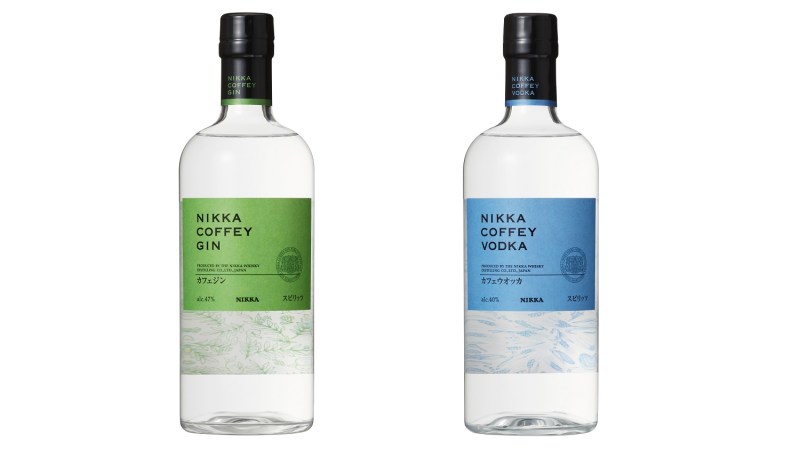
Okay, Nikka whiskeys, maybe don’t move all the way over, because you’re amazing, but maybe just step to the side for a few moments, because your new siblings are here.
The word Coffey is not a misspelled version of another beverage we all love and probably abuse for its life-giving properties on the reg, but a name for the type of still that is used in the distillation process. The Coffey still, named for the Irish inventor Aeneas Coffey, is a continuous column still that allows for a higher proof-product than other types of stills. Nikka, as many other distilleries around the world do, already uses a Coffey still for their Nikka Coffey Grain and Nikka Coffey Malt whiskeys. For those of you interested in fun facts, and perhaps questioning the fact of a malted barley whisky being made in a column still, Nikka Coffey Malt the only malted barley whisky distilled in a column still.
For their gin and vodka, Nikka utilizes their two Coffey stills to separately distill corn and barley, which are then blended to create the final product. When it comes to the vodka (which comes in at 40% ABV and retails for around $45), there is minimal filtration through white birch charcoal, producing what the brand calls the “purest expression of the Coffey still.”
The gin (47% ABV, around $50), obviously, must go through an extra step—the addition of botanicals. You’ll find the usual juniper, coriander, lemon peel, and angelica, but what really lets this gin shine beyond others is the inclusion of four different types of Japanese citrus: Yuzu, Kabosu, Amanatsu and Shikuwasa. Not done there, apples and Sansho peppers are also added to the blend. Each botanical is distilled separately before being blended together into the final product, which is silky yet also peppery and citrusy.
Great on their own, these spirits also shine in simple cocktails and are a must for those looking to expand what they know about the vodka and gin categories.



